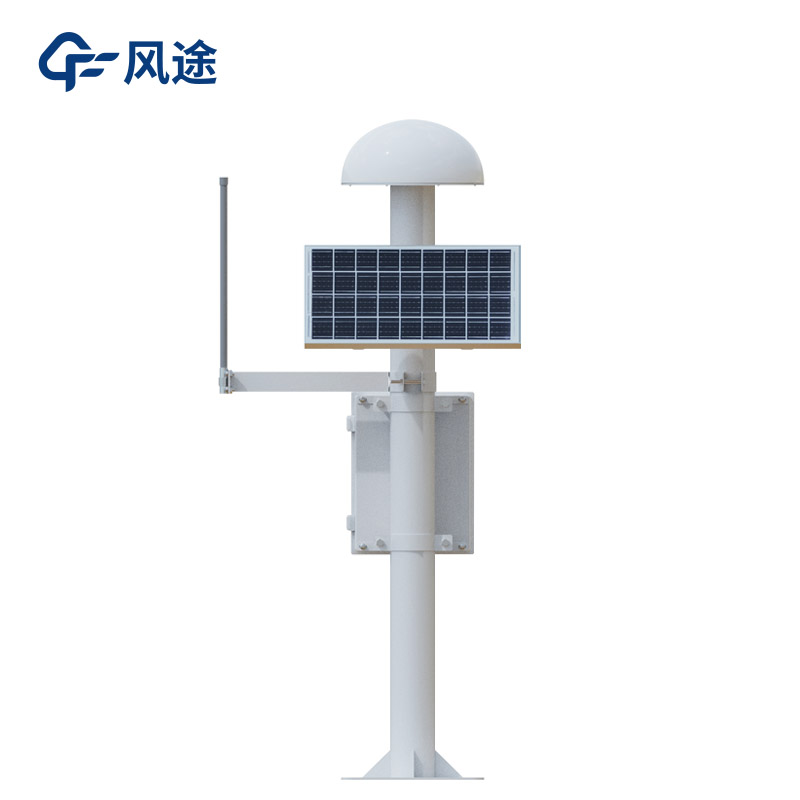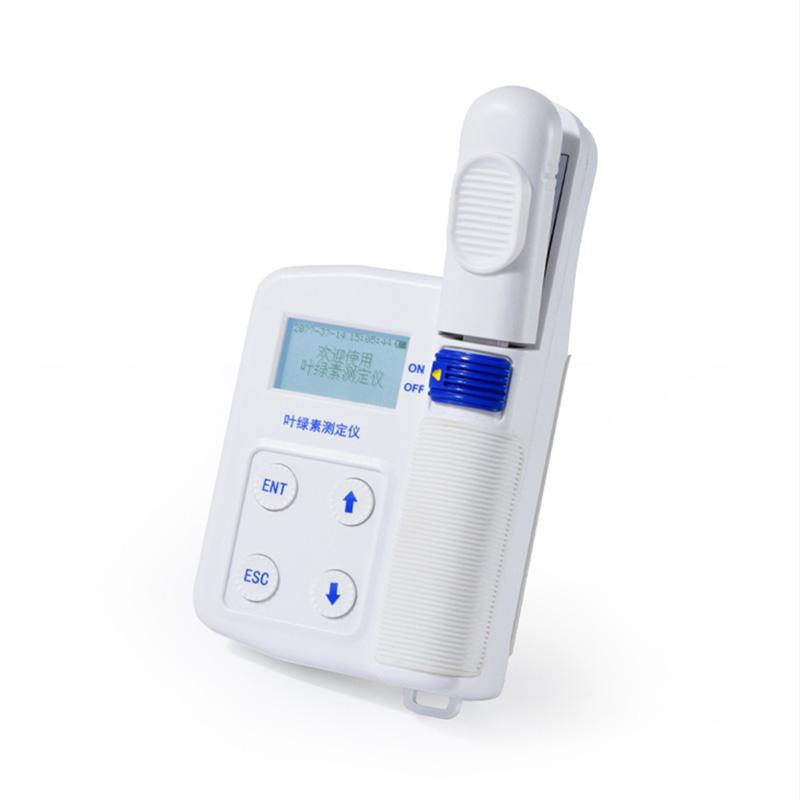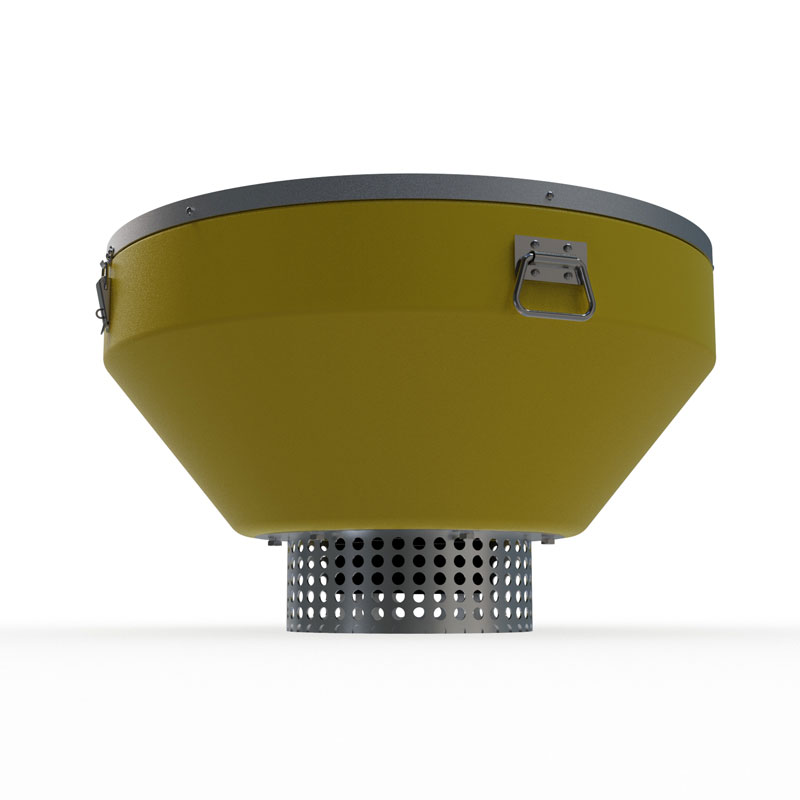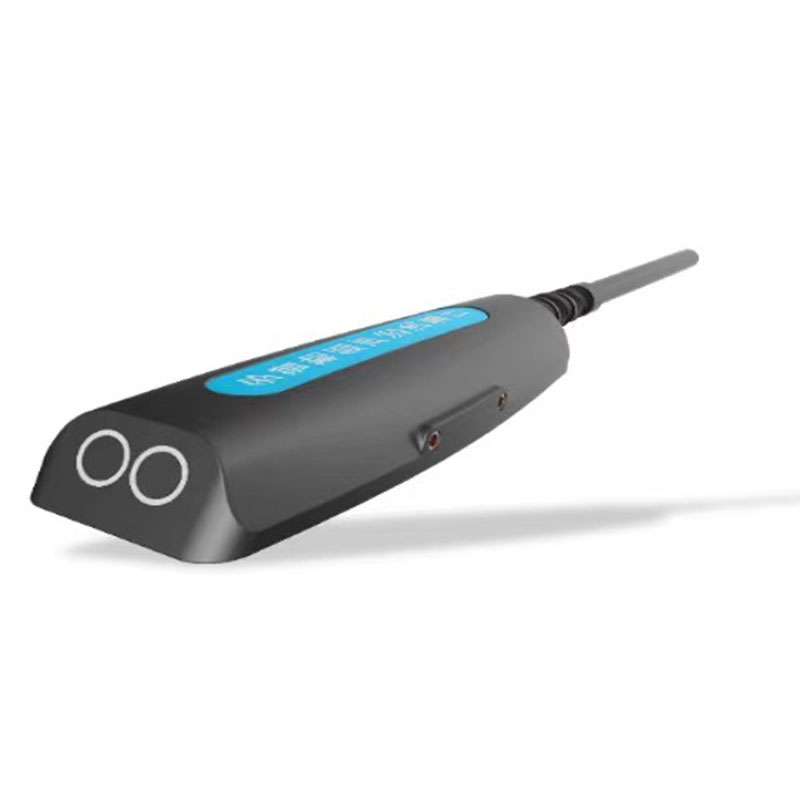GNSS monitoring stations, or Global Navigation Satellite System devices, are terminals that receive signals from multiple satellite systems to provide precise position, velocity, and time information. Fengtu Technology is a manufacturer specializing in GNSS monitoring stations for geological disaster monitoring, engineering safety monitoring, and other fields, with products known for high precision and stability.
Understanding GNSS Monitoring Stations
The foundation of a GNSS monitoring station lies in receiving radio signals from satellite constellations. A typical GNSS receiver consists of two main parts: an antenna unit and a receiver unit. The antenna captures satellite signals from all directions and converts them into electrical currents. The receiver unit, acting as the "brain" of the device, contains multiple signal channels and microprocessors that can simultaneously observe multiple satellites and use complex algorithms to calculate the user's latitude, longitude, altitude, velocity, and even precise time.
Today's GNSS monitoring stations are highly advanced, utilizing multi-system fusion positioning to enhance positioning reliability and accuracy. These devices are compact, low-power, and adaptable to various complex environments from urban canyons to wild mountains, enabling 24/7 continuous operation.
Fengtu Technology's GNSS Monitoring Stations
Fengtu Technology's GNSS monitoring stations employ differential RTK technology to achieve millimeter-level displacement monitoring accuracy and can remotely transmit data wirelessly to monitoring centers.
To achieve high precision, they use choke ring antennas and magnetic wave-absorbing materials that effectively suppress multipath effects (a phenomenon causing signal errors). The devices can also integrate tilt, acceleration, and other sensors. When sudden displacements are detected, they automatically adjust working modes to implement intelligent adaptive monitoring.
In scenarios such as landslides, collapses, and mine subsidence, Fengtu's GNSS monitoring stations continuously capture tiny ground movements and perform data analysis through cloud platforms, providing crucial time windows for disaster early warning.

This paper addresses:https://www.fengtusz.com/industry/860.html









